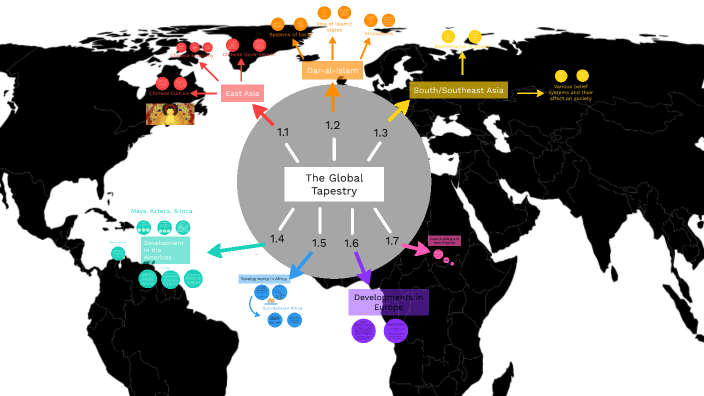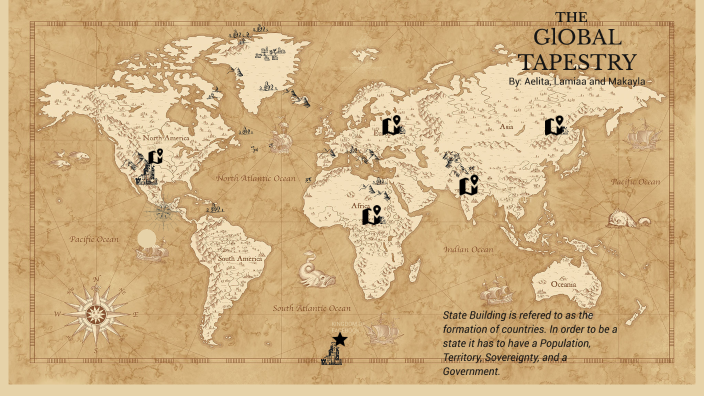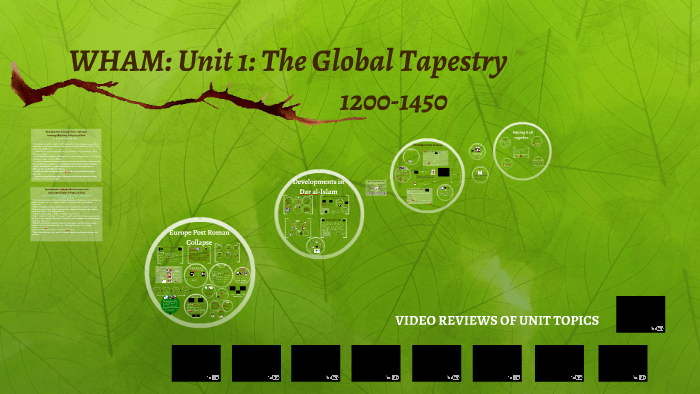A Global Tapestry of Celebrations: Understanding World Holidays and Observances in 2025
Related Articles: A Global Tapestry of Celebrations: Understanding World Holidays and Observances in 2025
Introduction
In this auspicious occasion, we are delighted to delve into the intriguing topic related to A Global Tapestry of Celebrations: Understanding World Holidays and Observances in 2025. Let’s weave interesting information and offer fresh perspectives to the readers.
Table of Content
A Global Tapestry of Celebrations: Understanding World Holidays and Observances in 2025

The world is a kaleidoscope of cultures, each with its unique traditions and celebrations. These celebrations, ranging from ancient festivals to modern commemorations, offer a window into the diverse tapestry of human experience. Understanding these global holidays and observances is not merely an exercise in cultural curiosity; it fosters a deeper appreciation for the interconnectedness of humanity and provides opportunities for global collaboration and understanding.
A Journey Through Time and Culture:
World holidays and observances are rooted in history, religion, and cultural practices. Some, like the Chinese New Year, have been celebrated for millennia, reflecting deep-seated beliefs and traditions. Others, like International Women’s Day, are relatively recent creations, born out of the need to address contemporary issues and promote social justice.
Types of World Holidays and Observances:
- Religious Holidays: These observances are deeply intertwined with religious beliefs and practices. Examples include Christmas, Ramadan, Diwali, and Hanukkah.
- Cultural Holidays: These celebrations are rooted in a specific culture’s traditions, history, and folklore. Examples include Holi, St. Patrick’s Day, and Cinco de Mayo.
- National Holidays: These observances commemorate significant events in a nation’s history or celebrate national identity. Examples include Independence Day in the United States, Canada Day, and Bastille Day in France.
- International Observances: These days are designated by international organizations to raise awareness about specific issues or promote global cooperation. Examples include International Women’s Day, Earth Day, and World Health Day.
The Importance of World Holidays and Observances:
Beyond their cultural significance, world holidays and observances serve several important purposes:
- Preserving Cultural Heritage: These celebrations act as a conduit for transmitting cultural values, traditions, and stories across generations.
- Promoting Global Understanding: By participating in and learning about different celebrations, individuals can gain a deeper understanding of diverse cultures and perspectives.
- Encouraging Social Change: Many observances highlight social issues, promoting awareness and advocating for positive change.
- Strengthening Community Bonds: Celebrations often bring people together, fostering a sense of belonging and shared experience.
Navigating the Global Calendar:
The calendar year is filled with a multitude of celebrations, each with its own unique significance. While it is impossible to list every single observance, a few prominent examples illustrate the diversity of global celebrations:
- January: The year begins with the Chinese New Year, a vibrant celebration marking the start of a new lunar year. It is also a time for the Orthodox Christian celebration of Christmas.
- February: Valentine’s Day, a celebration of love and affection, is observed globally. This month also sees the observance of Black History Month in the United States.
- March: International Women’s Day, celebrated on March 8th, calls for greater gender equality and empowers women worldwide.
- April: Easter, a Christian holiday celebrating the resurrection of Jesus Christ, is celebrated in many parts of the world. Earth Day, on April 22nd, raises awareness about environmental issues and encourages sustainable practices.
- May: Labor Day, celebrated in many countries, honors the contributions of workers and advocates for fair labor practices.
- June: Pride Month, celebrated in June, is a time to celebrate LGBTQ+ individuals and advocate for equality and acceptance.
- July: The Fourth of July, Independence Day in the United States, commemorates the signing of the Declaration of Independence.
- August: Many countries celebrate their independence days in August, including India, Pakistan, and South Korea.
- September: The Jewish High Holidays, Rosh Hashanah and Yom Kippur, are observed in September.
- October: Halloween, a celebration of the supernatural, is popular in many countries, particularly in North America.
- November: Thanksgiving, celebrated in the United States and Canada, is a time to give thanks for the blessings of the past year. Diwali, the Festival of Lights, is celebrated by Hindus, Sikhs, and Jains around the world.
- December: Christmas, a Christian holiday celebrating the birth of Jesus Christ, is celebrated globally. Hanukkah, the Festival of Lights, is observed by Jewish people.
FAQs on World Holidays and Observances:
Q: How can I learn more about different world holidays and observances?
A: There are numerous resources available to explore global celebrations. Libraries, museums, and cultural centers often host events and exhibits related to different cultures. Online resources, such as websites, blogs, and social media platforms, provide information and insights into various holidays and observances.
Q: What is the significance of celebrating world holidays and observances?
A: Celebrating world holidays and observances helps us appreciate the diverse tapestry of human cultures, promotes global understanding, and encourages social change. It fosters a sense of community and connection, reminding us that we are all part of a larger global family.
Q: How can I participate in celebrating world holidays and observances?
A: Participation can take many forms, from attending cultural events and festivals to learning about the traditions and history behind different celebrations. Sharing information with others, engaging in discussions about cultural diversity, and supporting organizations promoting global understanding are all valuable ways to participate.
Tips for Engaging with World Holidays and Observances:
- Be Respectful: When learning about and participating in celebrations, it is essential to be respectful of cultural sensitivities and traditions.
- Be Open-Minded: Approach different cultures and celebrations with an open mind, willing to learn and understand different perspectives.
- Engage with Others: Participate in cultural events, festivals, and discussions to connect with people from diverse backgrounds and learn from their experiences.
- Share Your Knowledge: Share your knowledge about different celebrations with others, promoting understanding and appreciation for global diversity.
Conclusion:
World holidays and observances are powerful reminders of the rich tapestry of human culture and the interconnectedness of our global community. By understanding and celebrating these diverse traditions, we can foster a deeper appreciation for our shared humanity and work towards a more inclusive and harmonious world.








Closure
Thus, we hope this article has provided valuable insights into A Global Tapestry of Celebrations: Understanding World Holidays and Observances in 2025. We thank you for taking the time to read this article. See you in our next article!